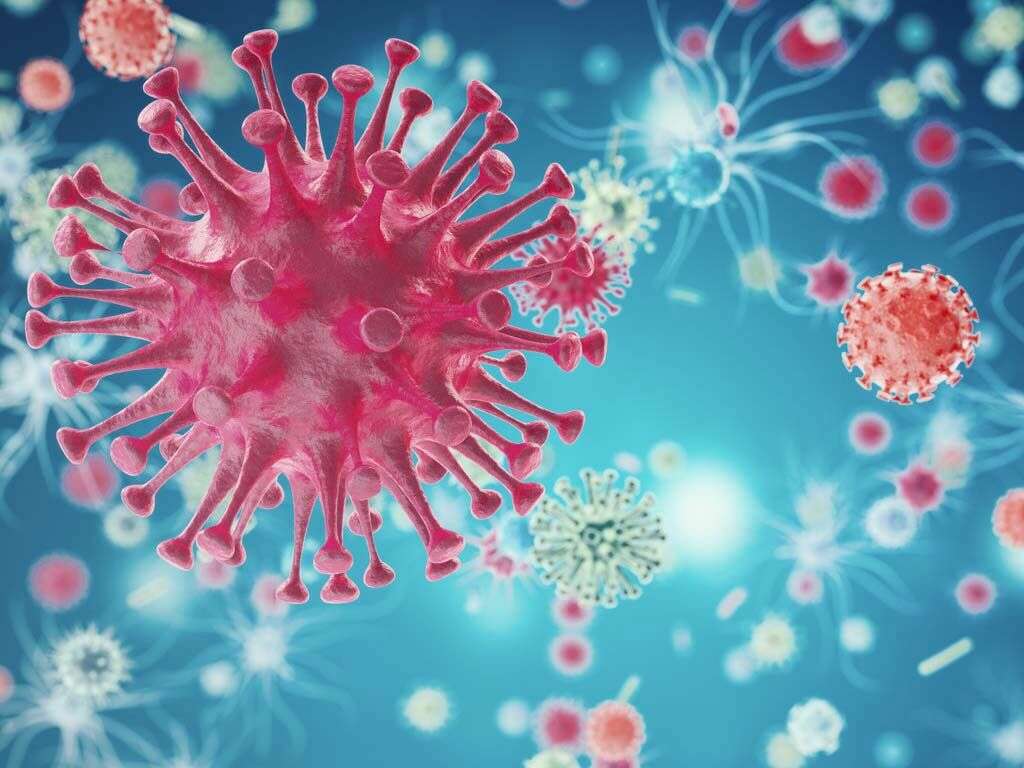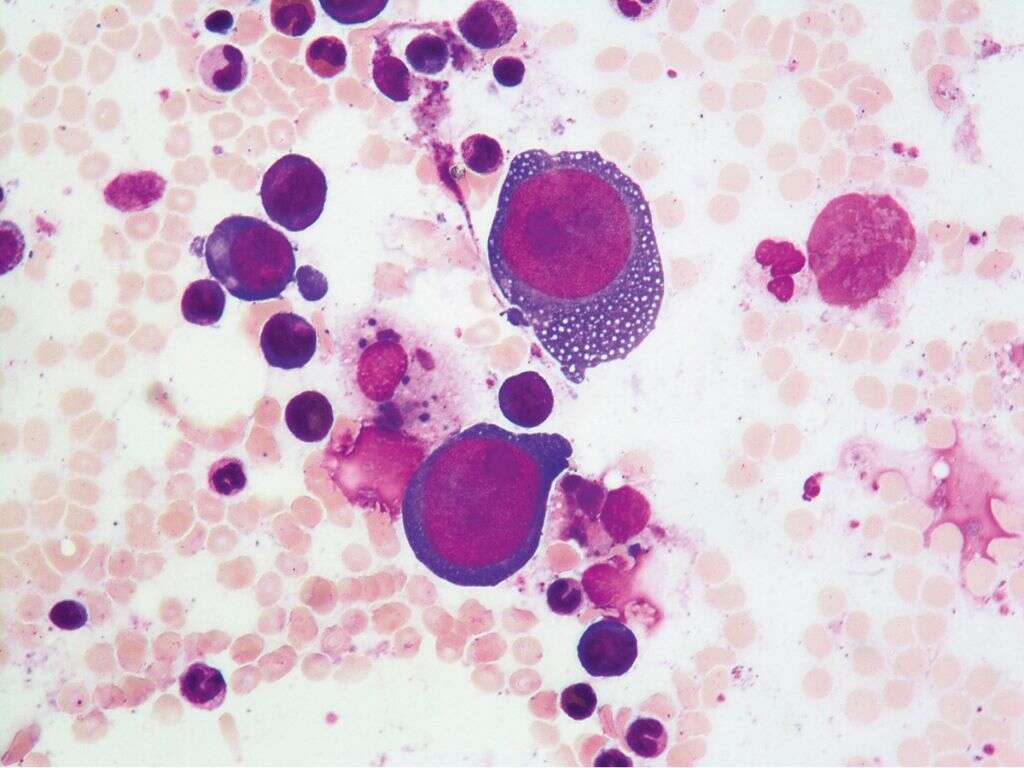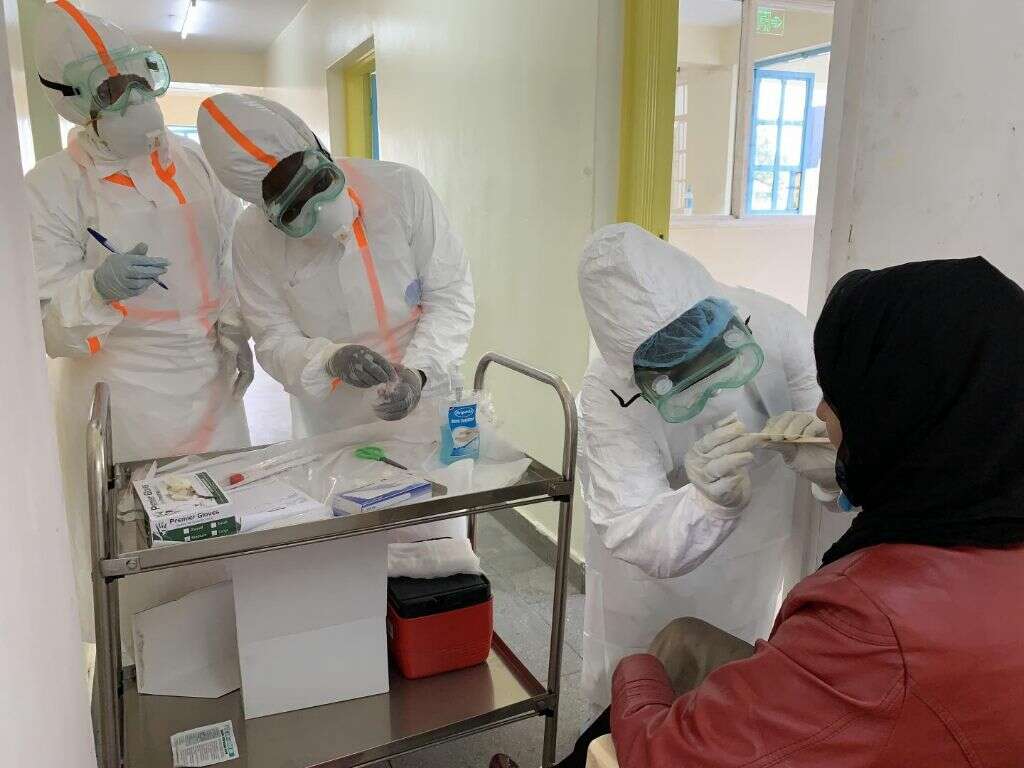10 Hantavirus Symptoms
 Article Sources
Article Sources
- 1. David J Cennimo, M. (2020, March 22). Hantavirus Pulmonary Syndrome. https://emedicine.medscape.com/article/236425-overview
- 2. Headache Classification Committee of the International Headache Society (HIS). The International Classification of Headache Disorders, 3rd Edition (ICHD-3) – www.ichd-3.org
Hantaviruses are a well-known family of viruses that spread to humans through close contact with infected rodents. The most common type of hantavirus in the US is called the “Sin Nombre Virus”, which is Spanish for the “Nameless Virus”. This virus is known to cause very serious health problems such as hantavirus pulmonary syndrome (HPS) and hemorrhagic fever with renal syndrome (outside the US).
The virus is normally transmitted to humans from contaminated rodents (including pet mice). Humans can become infected by coming in contact with the rodents and/or their wastes. Human to human infection is very unlikely. HPS is a life-threatening condition, with a mortality rate that may be as high as 50%.1David J Cennimo, M. (2020, March 22). Hantavirus Pulmonary Syndrome. https://emedicine.medscape.com/article/236425-overview
Here are some of the most common symptoms associated with a hantavirus infection, with a small emphasis on the life-threatening condition known as hantavirus pulmonary syndrome (HPS):
1. Fever
A fever is an increase in body temperature. Usually, the temperature should be above 38⁰C (100.4⁰F) in order to be considered as a fever, but this depends on the site where the temperature is being measured. A fever is usually a response of the body to a threat. By increasing the body’s thermostat set point, we start to shiver to generate heat in order to reach the new temperature that has been set.
This is the most common symptom associated with a viral infection. Therefore, it is very common for patients infected with hantavirus to experience it. It usually appears in the early stage of the disease known as the prodromal phase and it tends to last less than a week.
2. Fatigue
Fatigue can be described as a general feeling of exhaustion. Usually, this symptom improves with adequate rest, but depending on the source of the problem, it may not improve at all. It can be triggered by exercise, stress, and work-related activities. It is a non-specific symptom that can be associated with many conditions like anemia and anxiety, to name a few.
This symptom is one of the first ones to appear during a hantavirus infection. It is also part of the symptoms seen in the prodromal phase of the disease, but unlike the rest of the symptoms in this category, it tends to last a little longer.

3. Muscle Aches
Myalgia is a medical term that describes muscle aches. It is a non-specific symptom that is associated with many conditions. This is quite a common symptom seen in the early stages of a viral infection but it can also be associated with high-intensity exercise, autoimmune disorders, and many other conditions. Depending on the nature of the disease, it can affect small muscles like the ones in the hands, or large groups of muscles like the ones located in the legs, shoulders, or the hip.
The muscles in the legs and shoulders are usually the ones affected during a hantavirus infection. Nevertheless, it can also affect other muscle groups. The pain is usually debilitating and annoying for the patient and sometimes it can be quite intense.
4. Headaches
A headache is described as the sensation of pain in any region of our head. It is a non-specific symptom associated with many conditions. Depending on the characteristics and nature of the headache, they can be classified into primary headaches (migraines and tension-type headaches to name a few), secondary headaches (traumatic, vascular, and substance-related headaches to name a few), and a third category reserved for neuropathies and other headaches.2Headache Classification Committee of the International Headache Society (HIS). The International Classification of Headache Disorders, 3rd Edition (ICHD-3) – www.ichd-3.org
This is another symptom associated with the early stage of hantavirus infection. It may or may not be associated with the usual fever seen in patients with this condition. As the disease progresses, it usually resolves on its own.

5. Dizziness
Dizziness is defined as the loss of balance and/or the feeling of being lightheaded. It is a subjective sensation that can show up suddenly and may cause a person to feel ill. It is important to try to sit down as soon as possible to prevent falls that could result in serious complications.
Neurological signs and symptoms are not commonly seen in patients with a hantavirus infection, but this is one that might appear. It can be seen in the early stages of the disease (also known as the prodromal phase), or it can appear later on as a sign that the blood pressure might be compromised.
6. Nausea
Nausea is commonly defined as the urge to vomit. It can appear suddenly but in some cases, it has an insidious onset. It is a non-specific symptom that can be associated with many conditions, but it can also be triggered by certain events or things in our surroundings.
Nausea and vomiting are common symptoms associated with hantavirus infection. They are usually seen in the prodromal phase of the disease. It is important to stay hydrated to avoid becoming dehydrated, which can further complicate the condition.

7. Diarrhea
Diarrhea is defined as the passage of 3 or more loose or liquid stools in a single day. This is a non-specific symptom that is associated with many conditions. Depending on the duration of this symptom, it can be classified into acute diarrhea (usually lasts a few days) and chronic diarrhea (over 14 days). Diarrhea can lead to dehydration, and this is especially important in young children and elderly patients.
Diarrhea is a common symptom seen in the early stages of hantavirus infection. The lack of respiratory symptoms in this stage of the disease could lead to a misdiagnosis such as viral gastroenteritis or other viral conditions that may cause diarrhea and fever.
8. Cough
Coughing is a normal defense mechanism of the body. It is described as a forceful clearing out of the airways in response to certain particles that might cause irritation or obstruction of the respiratory tract. During a respiratory tract infection, coughing is a useful mechanism to clear out the excess mucus being produced. Other conditions as allergies and asthma are also common causes of a cough.
As the disease progresses, the people suffering from a hantavirus infection might develop a cough. It can start as a dry cough, but eventually, it will lead to a productive cough. This symptom may signal that the disease has reached the cardiopulmonary stage, which affects the lungs and the circulatory system.

9. Shortness of Breath
Dyspnea is the medical term used to describe sudden shortness of breath. It is characterized by having difficulty breathing which may or may not be associated with a feeling of tightness in the chest. Dyspnea is a non-specific symptom that can be associated with both respiratory and circulatory conditions. It is important to state that exercise-induced dyspnea is usually a normal and transitory state of air hunger that is not directly related to a disease, whereas, resting shortness of breath is usually a sign that something might be wrong.
People with hantavirus pulmonary syndrome (HPS) often tend to experience shortness of breath at some point in their disease. The virus is going to attack the blood vessels in the lungs, causing them to leak. This will cause fluid to start to accumulate which can result in pulmonary edema, which is a medical emergency that requires urgent care.
10. Decreased Urine Output
Oliguria is the medical term that describes a decrease in the normal urine output. The technical definition refers to less than 0,5ml of urine per kilogram in a period of six to twelve hours, but these parameters may vary. Depending on the cause of oliguria, it can progress into anuria which is defined as less than 50 to 100 ml of urine per day.
Patients with hantavirus pulmonary syndrome usually don’t develop urinary symptoms. This symptom is usually more common in patients with hemorrhagic fever with renal syndrome (HFRS) which is also caused by viruses in the hantavirus family. Even though there are no reported cases of this condition in the US, it is important to recognize it early to prevent further complications.










